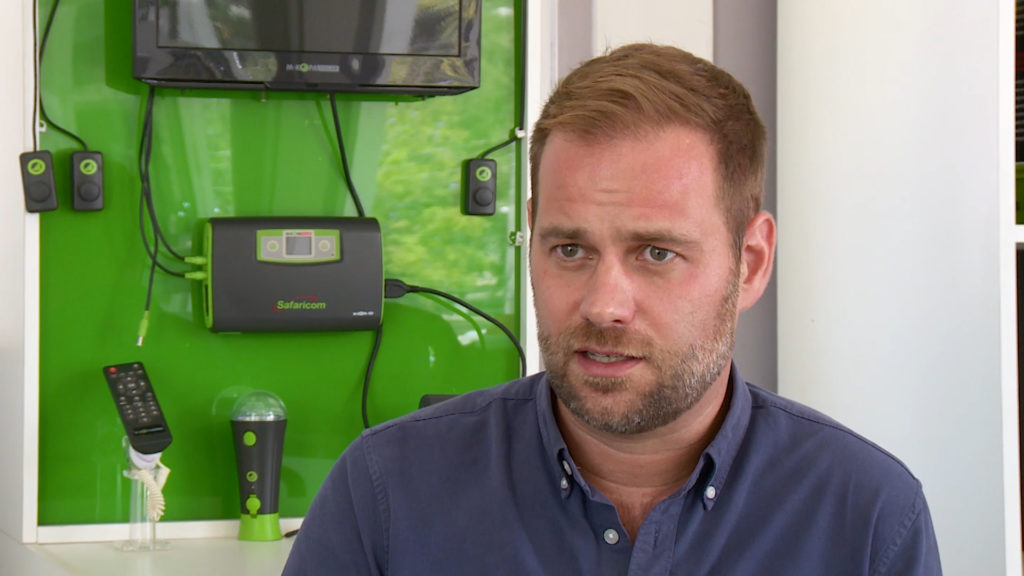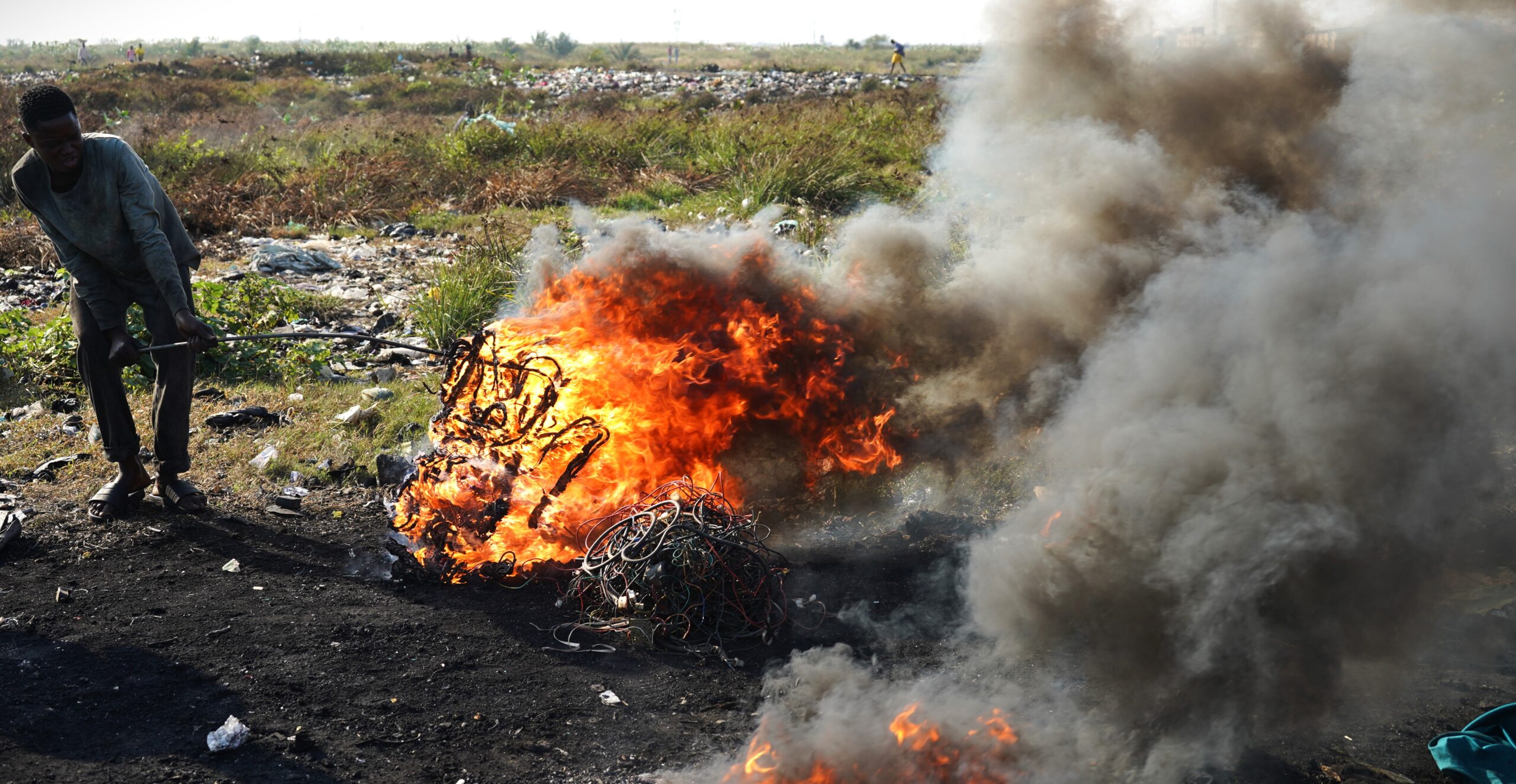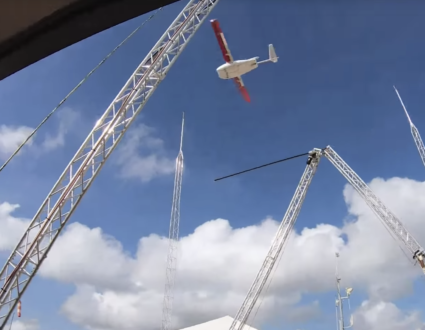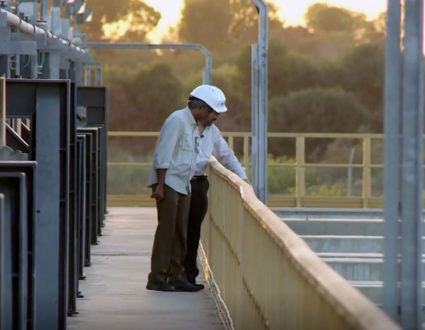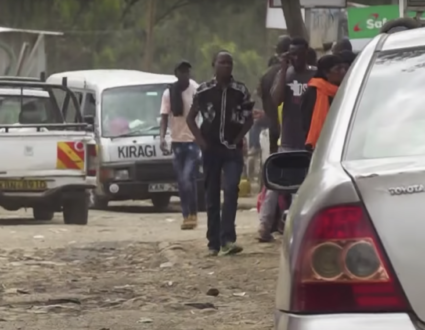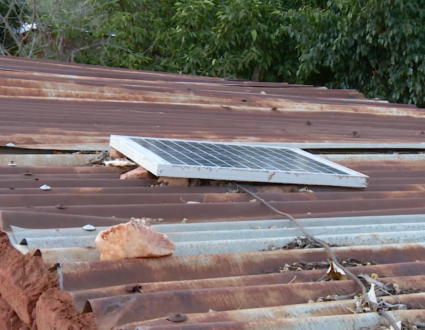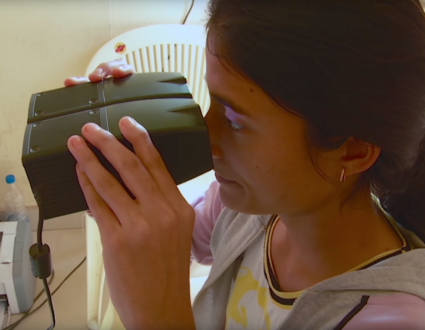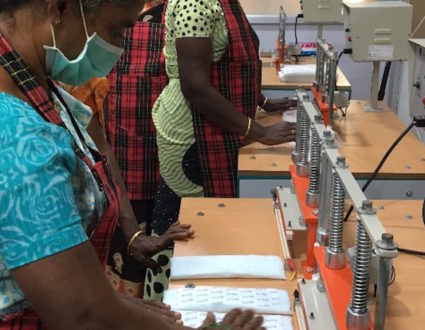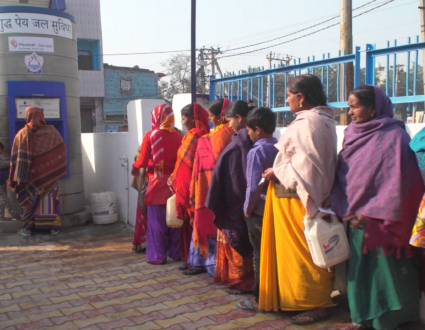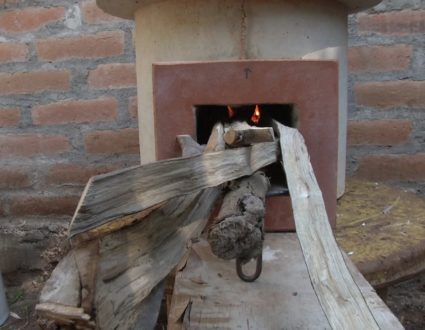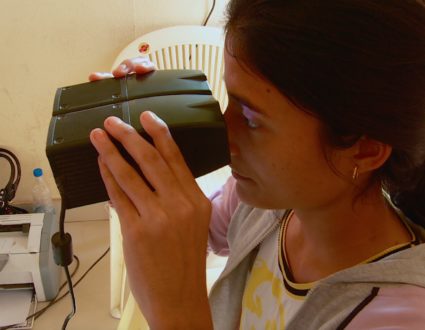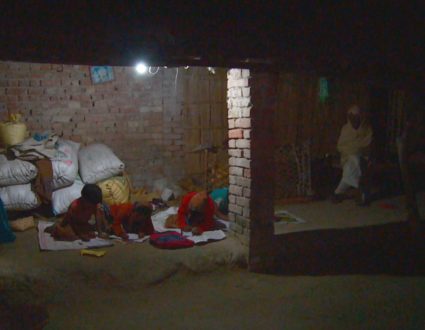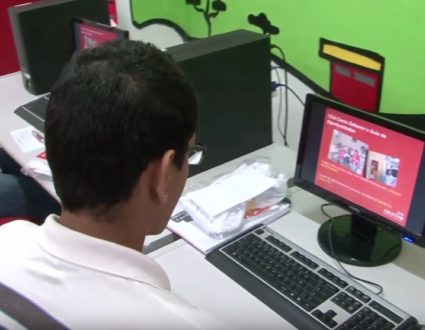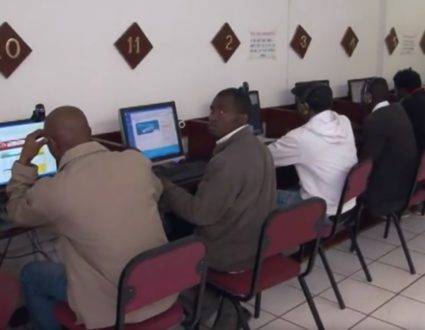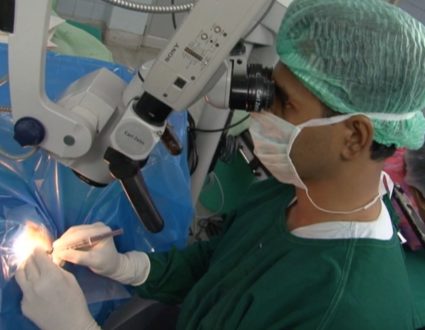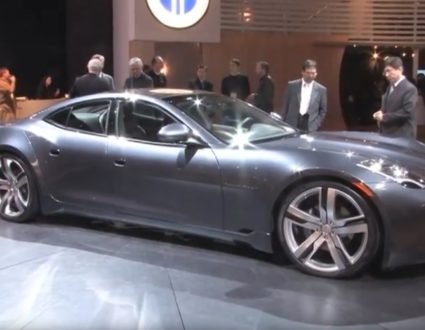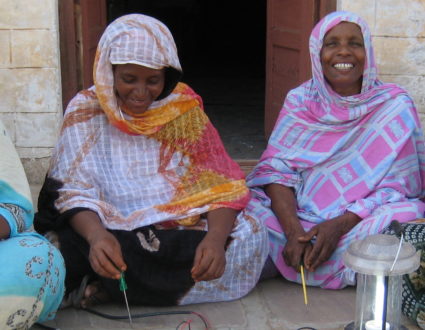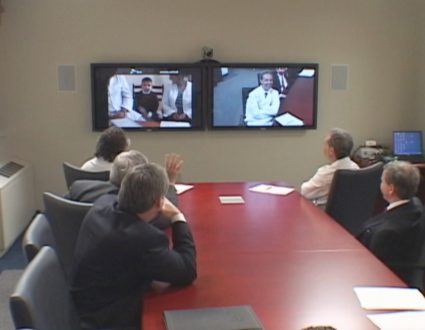Judy Woodruff:
Now – bringing light, sound, and even pictures to vast regions of the world that go dark at sunset.
Special correspondent Fred de Sam Lazaro reports from Kenya on the growing promise and popularity of off-grid solar power.
It’s part of our on-going series Breakthroughs, and this week’s segment on the Leading Edge of science and technology.
Fred De Sam Lazaro:
It takes a long time to got to remote villages like the one Peter Mulili lives in. So long the electric grid hasn’t yet reached here.
But today, Mulili is able to flip a switch to turn on an overhead light, listen to the radio, even watch a music video on television.
Peter Mulili (through Interpreter):
I had been using kerosene to light my house. But now I spend that money to use solar power to light my house, charge my phone and watch TV.
Fred De Sam Lazaro:
Mulili used to pay about a $1.50 a day for kerosene, a fuel still used by his neighbors here in Central Kenya and some 1.3 billion people around the globe who don’t have any access to grid electricity.
A number of upstart companies have taken advantage of improved technology and falling prices of panels to deliver cleaner solar power, which also lets their customers charge their phones at home, a chore that otherwise takes a trip to the nearest town.
Jesse Moore:
Well, I spent my 20s traveling and working in a lot of different developing countries.
Fred De Sam Lazaro:
Jesse Moore is one of the co-founders of M-KOPA, a leading for-profit start-up in Kenya.
Jesse Moore:
What we’re trying to do is change the world and change the lives of low-income people for the better by bringing cheaper, less expensive, affordable energy into their homes on a daily basis.
Fred De Sam Lazaro:
The setup is simple. Customers place a single panel on their roof. Wires connect it to a battery, which powers three light bulbs, a phone charging station and a radio. A more powerful panel and television comes in an upgrade package.
A 24-hour call center at the company’s headquarters trouble-shoots problems.
Jesse Moore:
We have got an embedded a chip inside every solar system, and so if I were to call in and say my system isn’t working tonight, can you help me out, the call center operator can look into our systems and see very specific information about their system and how it’s performing.
And, often, that allows us to remotely diagnose and fix the problem over the phone.
Fred De Sam Lazaro:
Sales have been robust. We watched as these rural residents surrounded an M-KOPA salesman to hear his pitch, and at an M-KOPA store in the town of Machakos, where Anastasia Musya, a customer already, was adding a television to her system.
I asked her why.
Anastasia Musya (through Interpreter):
I will get to see what’s happening in the world. I will get to see the news.
Fred De Sam Lazaro:
In addition to getting news, solar customers say their children are able to do homework more hours at night, and they don’t have the health problems and fire risk associated with kerosene lamps.
Peter Mulili (through Interpreter):
My sister used to study using the kerosene lamp, but she developed problems with her eyes. Now she doesn’t have that problem.
Fred De Sam Lazaro:
But it’s not just the cheaper solar technology that has made this possible. It’s the transformation in how customers pay for it, through their mobile phone.
Vast swathes of Kenya and sub-Saharan Africa have moved quickly from never being wired to now being connected to the world wirelessly. Barely a decade ago, only one out of 10 Kenyan adults owned a mobile phone. Today, more than eight out of 10 own one.
The new solar companies use a pay-as-you-go model. Customers pay a small amount daily with a popular mobile app called M-Pesa. The solar companies says it’s the same price or even cheaper than kerosene.
Professor Varun Sivaram, at Georgetown University and the Council on Foreign Relations says mobile payments have been key to the rise of these businesses.
Varun Sivaram:
There are limited regulations on mobile payments, and so entrepreneurs have taken advantage of advances in mobile payments to deploy off-grid solar systems.
Fred De Sam Lazaro:
And, Sivaram says, that gives people more than just lights and television.
Varun Sivaram:
You should be able to make a living, whether it’s through an online business that you conduct over the Internet or on a cell phone, whether it’s using appliances, such as a sewing machine or an iron, such as having storefront lighting, so that you can be a vendor that sells things.
And that’s why livelihoods and economic development is one of the major potential benefits of off-grid solar.
Jesse Moore:
Next, there will be refrigeration, there will be computing, there will be fans that will all come into play as affordable products that people can plug in off solar.
And so it’s really nice at the end of the day to think that the developing world and the low-income customers who have been neglected by the grid will be the ones actually who actually leapfrog straight to the future.
Fred De Sam Lazaro:
But Sivaram says development of the electrical grid is still very important.
Varun Sivaram:
A study in Nature Climate Change found that, between now and 2030, one-third of all the gains in energy access could come from off-grid solar systems. And the other two-thirds are going to come from central grid extension. So off-grid solar is still only one part of the solution, not a silver bullet.
Fred De Sam Lazaro:
Not a silver bullet, but a ray literally of sunshine for vast regions of the planet.
For the PBS NewsHour, I’m Fred de Sam Lazaro in Machakos, Kenya.
Judy Woodruff:
Fred’s reporting is a partnership with the Under-Told Stories Project at the University of St. Thomas in Minnesota.
Watch
Clean Light
But solar startup companies say harnessing an abundant resource — the sun — can light up some of the world’s most remote areas. In this Kenyan village, rooftop panels are becoming a cheap, popular and promising source of light. Special correspondent Fred de Sam Lazaro reports.
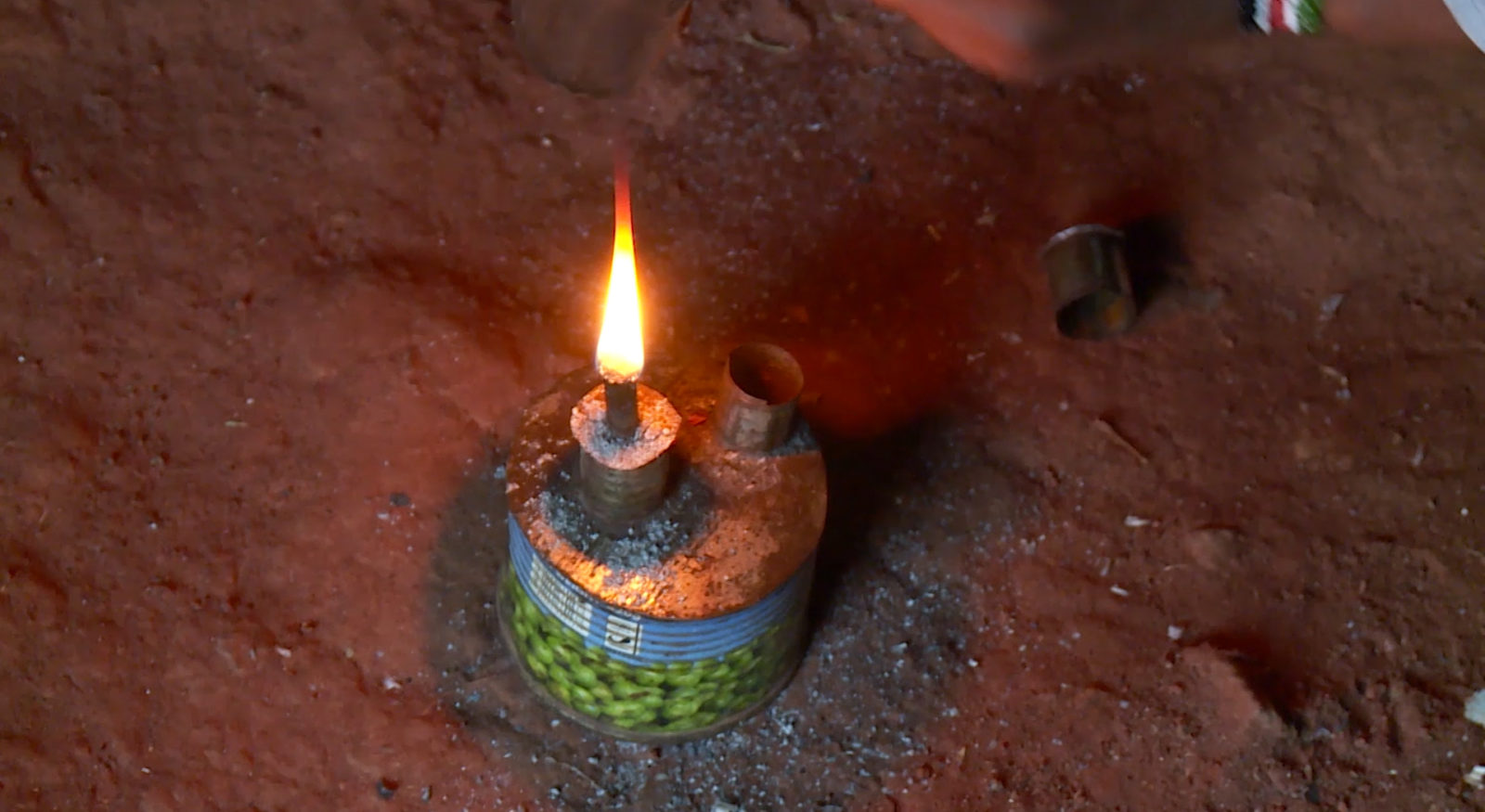
The Alternative
For decades, many in Kenya and other rural areas have relied on kerosene lamps, an expensive and dirty source of fuel. Peter Mulili used to pay about a $1.50 a day for kerosene.
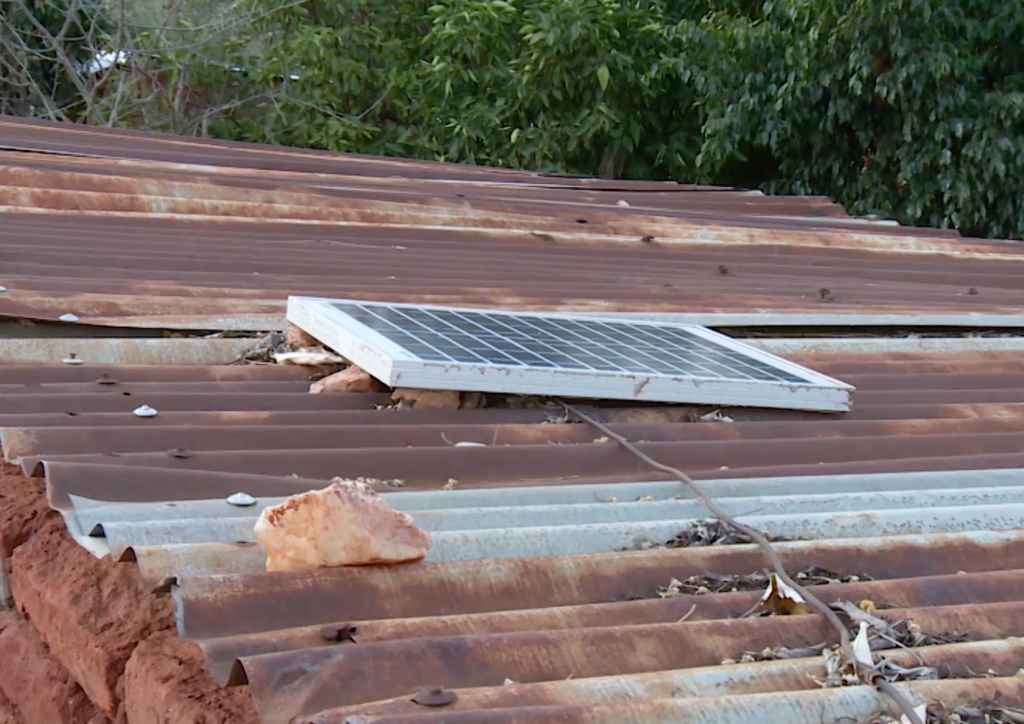
Jesse Moore, MKOPA Founder
And so it’s really nice at the end of the day to think that the developing world and the low-income customers who have been neglected by the grid will be the ones actually who actually leapfrog straight to the future.”
